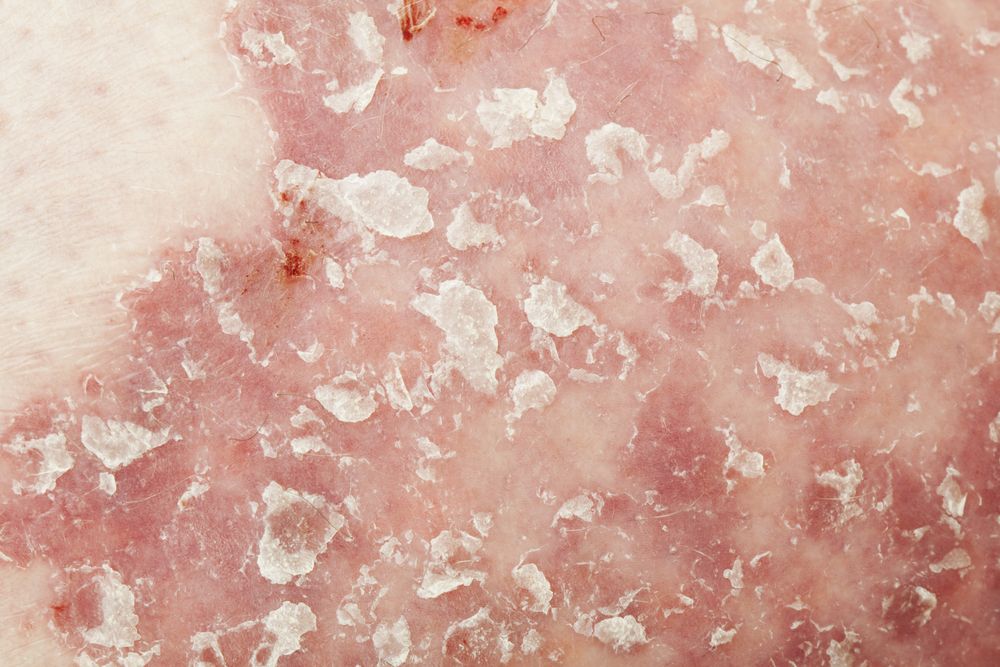Article
Physical Trauma in Psoriasis May Trigger PsA
Physical trauma, especially a deep trauma to bones and/or joints, appears to increase the risk of psoriatic arthritis by as much as 50% in patients with psoriasis.
Psoriasis vulgaris. ©Lipowski Milan/Shutterstock.com

Patients with psoriasis are at increased risk for psoriatic arthritis (PsA) -- but that risk could greatly rise if they injure a joint or bone, according to a large population study from Iceland.
The study of more than 70,000 psoriasis patients, presented at the annual meeting of the European League Against Rheumatism (EULAR) in Rome, suggests the risk of PsA may increase as much as 50% among those exposed to physical trauma, especially a deep trauma to bones and/or joints.
PsA occurs in up to 30% of people with psoriasis. “This is an important finding because the baseline risk is so high that any change in that risk is going to have a large effect on the absolute risk (of PsA),” explains senior author Thorvardur Love, MD, PhD, an assistant professor of rheumatology art the Landspitali University Hospital in Reykjavik.
While the idea of injury provoking PsA is not new, this is the first large population study to look at that risk. The study also finds that the association is unique to PsA, Dr. Love said at a EULAR news conference,
Population data for more than 3.2 million people, about half of whom had been exposed to a physical trauma, shows the risk of developing rheumatoid arthritis is non-significant -- only about 4%.
These data amount to almost 20 million patient-years of follow-up and “even with these huge numbers, we can’t find anything in rheumatoid arthritis,” Dr. Love remarked in an interview.
The study data, from electronic health records collected between 1993 and 2013, compare 15,416 psoriasis patients exposed to trauma with 55,230 unexposed patients (median follow-up 6 years) and show that trauma increases the risk of PsA by 32%.
But trauma that involves a deep injury to bone or joint substantially increases PsA risk -– 46% for bone trauma and 50% for joint trauma. Nerve or skin traumas do not.
According to background information, smaller studies had linked trauma to PsA leading to the idea of what’s called a “deep Koebner” phenomenon playing a role in PsA. This is akin to a “superficial” Koebner phenomenon in skin psoriasis, where a psoriatic lesion often appears in the same area where a skin injury occurred. But, in this case, a “deep” injury provokes PsA in the joint.
While the researchers cannot make any recommendations for behavior change “at this early stage” to reduce the risk of PsA in psoriasis, Dr. Love says the study provides clues to further research into the causes of PsA.
References:
Thorarensen S, Lu N, Ogdie A, et al. Physical trauma is associated with the onset of psoriatic arthritis among psoriasis patients. EULAR 2015; Rome: Abstract OP0311.




